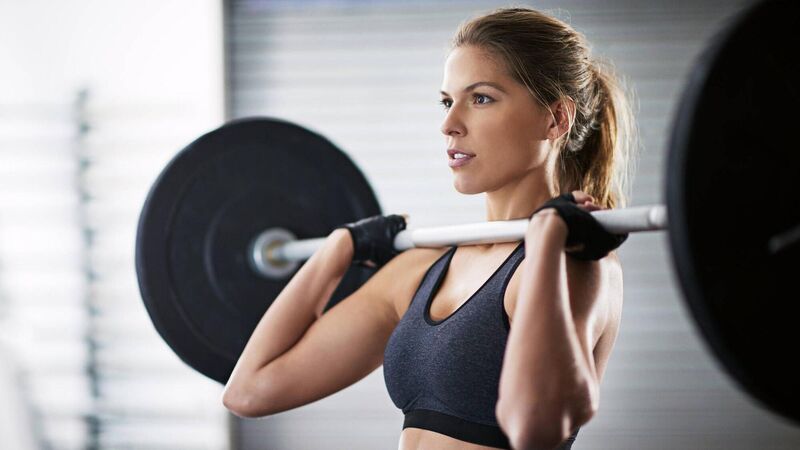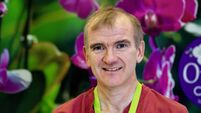Work it out: Separating exercise myths from reality

Despite the age-old cliché of a heavily-muscled athlete hefting barbells, resistance training can in fact help you keep your body lean and efficient.
JUST when you think you understand the rules of working out, exercise scientists have a habit of changing the goalposts. And many of the fitness truths we take as read have now been busted as myths. Most recently, researchers at Harvard University revealed that the golden goal of taking 10,000 steps towards better health is inaccurate and we can make gains with less. But what other myths and misconceptions might be hindering your workout progression? Here we ask experts for the new rules of exercising — and bust some myths in the process:

Celebrating 25 years of health and wellbeing








